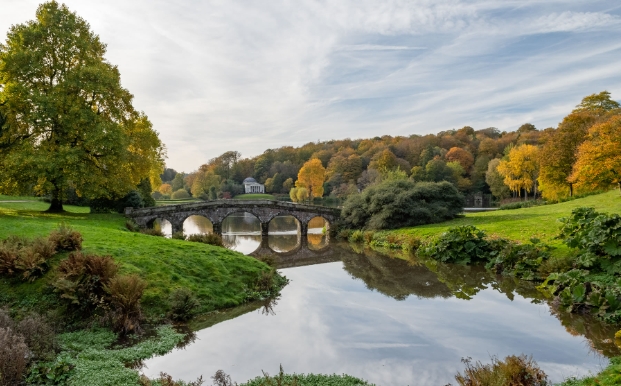Famous British Landscape Architects: Crafting Nature’s Beauty
Landscape architecture is more than just planting trees and flowers; it’s about creating spaces that harmonize with the environment. British landscape architects have played a notable role in shaping the outdoor environments we enjoy today. Their revolutionary designs not only enhance the aesthetic appeal of landscapes but also contribute to ecological awareness and sustainability.
Historic Influences in British Landscape Architecture
One of the most influential figures in British landscape architecture is Lancelot “Capability” Brown. Often regarded as the father of landscape gardening, Brown transformed the English countryside in the 18th century. His designs emphasized natural beauty, using rolling hills, water features, and perfectly placed trees to create an idyllic landscape. His approach drastically changed the way gardens and parks were perceived, moving away from formal layouts to more organic, flowing designs that maintained a sense of tranquility and balance with nature.
Another noteworthy pioneer is Humphry Repton, who followed in Brown’s footsteps, providing a more artistic lens to landscape design. Repton introduced the concept of “Red Books,” which contained sketches and plans for potential gardens. His legacy includes notable designs, such as the grounds of the famed Harewood House in Yorkshire. Repton’s innovative techniques and clear communication with clients influenced landscape architecture profoundly, making it more accessible and appealing to the British aristocracy.
Modern Contributions to Landscape Design
In more recent years, landscape architect Kim Wilkie has emerged as a significant figure in contemporary British landscaping. His projects, which range from urban parks to rural estates, reflect a deep understanding of ecological principles and natural processes. Wilkie is particularly known for his work at the infamous Eden Project in Cornwall, where he creatively integrated the built environment with sustainable landscaping practices. His contributions have emphasized the importance of sustainability in landscape architecture, taking into account the needs of both people and nature, fostering a harmonious coexistence.
Another modern landscape architect, Jane Smith, has gained recognition for her urban regeneration projects. Her work focuses on making cities greener and more inviting, with designs that incorporate native species and promote biodiversity. Smith’s approach demonstrates how landscape architecture can address social issues, enhancing community well-being while contributing to environmental health. Her award-winning designs serve as a blueprint for future urban landscapes, inspiring architects worldwide.
Conclusion
British landscape architects have significantly shaped both historical and modern landscaping practices. From historic figures like Capability Brown and Humphry Repton to contemporary innovators like Kim Wilkie and Jane Smith, their contributions continue to resonate in our appreciation for nature and well-designed spaces. If you’re inspired by the beauty of landscapes, consider exploring more about these architects and how their vision can impact our environment for generations to come.

